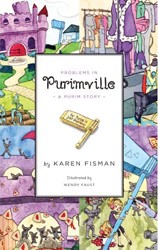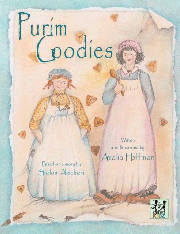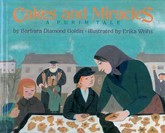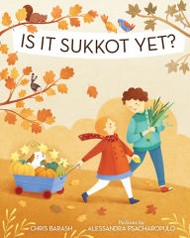By
– January 13, 2012
In this attractive yet simplified retelling of the Purim story, it is the richly toned pastel illustrations that take center stage. Utilizing a palette of deep red, midnight blue and gold, the Persian-influenced two-page spreads carry the familiar story forward with an exotic appeal. Yet, as with any old and oft-told story, the text reveals certain liberties taken with familiar elements of the tale that ultimately determine the intended audience. For example, the back-story that leads to Esther becoming queen is reduced to a single sentence referring only to her beauty. Mordecai, far from encouraging Esther in her quest to become queen (and to ultimately save her people), is unhappy when King Ahasuerus chooses her for his wife. And once Haman’s evil decree to kill all the Jews is exposed and Haman is punished, Mordecai simply tears up the order and all is well. While not serious omissions, these editorial choices lessen the opportunity to discuss certain aspects of the story (i.e., the Jews fighting victoriously for their survival when the decree cannot be reversed). Thus, this version seems better suited for younger children who will enjoy the brilliantly colored illustrations, fear for the beautiful dark-haired Esther as she approaches the King uninvited, and hiss at Haman when he is led off to the gallows built for Mordecai. While not as thorough a telling as Dianne Wolkstein’s Esther’s Story (1991), this is a visually appealing version that will find its place amongst others in your collection. Ages 5 – 8.
Teri Markson has been a children’s librarian for over 18 years. She is currently the acting senior librarian at the Valley Plaza Branch Library in North Hollywood, CA.





